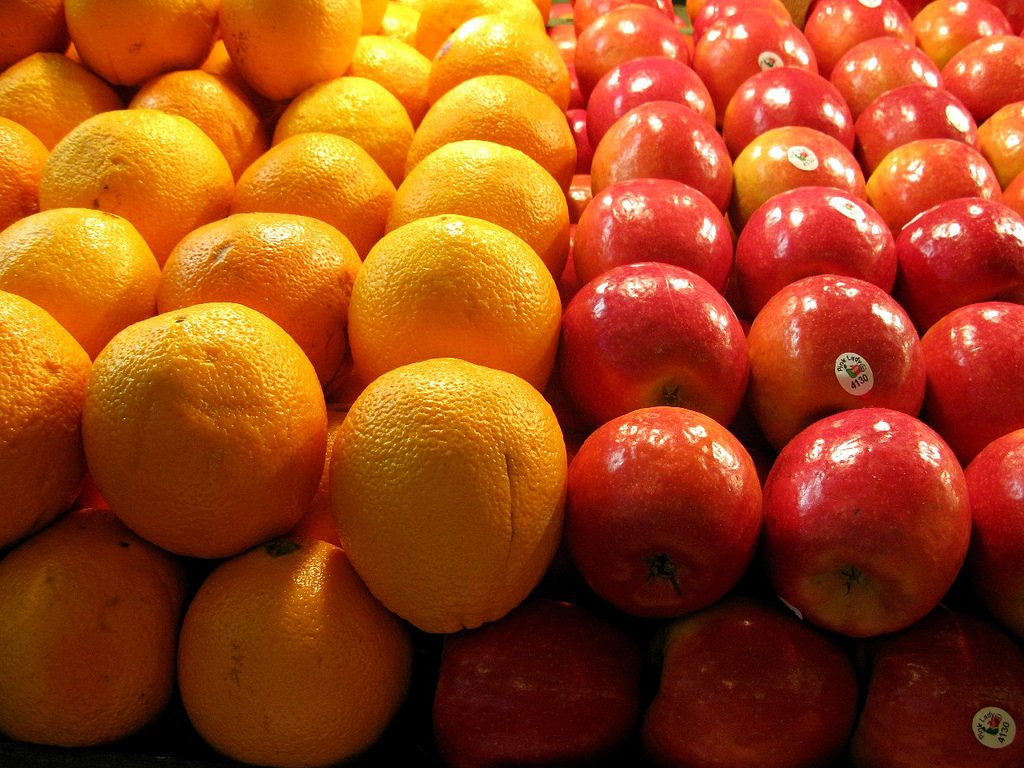In my talk at the Centre for Educational Neuroscience, I discussed my research looking at how children learn using analogies. Using analogies can be a very powerful teaching and learning strategy in the classroom since analogies allow children to rapidly learn new knowledge by seeing how something new is similar to something they already know about. In a biology lesson, they might hear the analogy ‘mitochondria are the power source for a cell’. By using this analogy, children can use their knowledge of the causal relationships between something they know about – perhaps a battery and a mobile phone – to quickly understand the causal relationships between mitochondria and a biological cell.
The study I discussed investigated how the strength of children’s existing knowledge affects their ability to use it in an analogy. To use the mitochondria-power source example, the results indicate that just knowing about power sources is not enough; children need a strong abstract concept of power source to successfully make the analogy. When presented with the mitochondria-power source analogy, children with weaker abstract concepts may well be thinking of irrelevant features of a concrete example (such as how a battery looks or the sound of an engine) rather than the necessary abstract power source concept.
For teachers, one way to help children with weaker abstract concepts use analogies may be to briefly discuss the existing knowledge you want to use in an analogy first. For example, discussing the functional role of batteries in phones and engines in cars prior to introducing the mitochondria-power source analogy would highlight the relevant causal features of power sources necessary for understanding the functional role of mitochondria in cells.
For more information or to stay up to date with Matt’s research, please see his website at matthewslocombe.com or follow him on twitter @matthewslocombe

